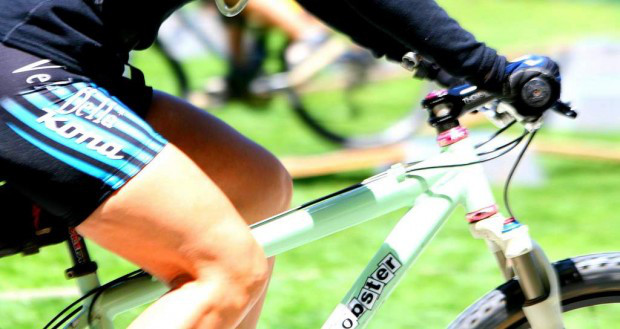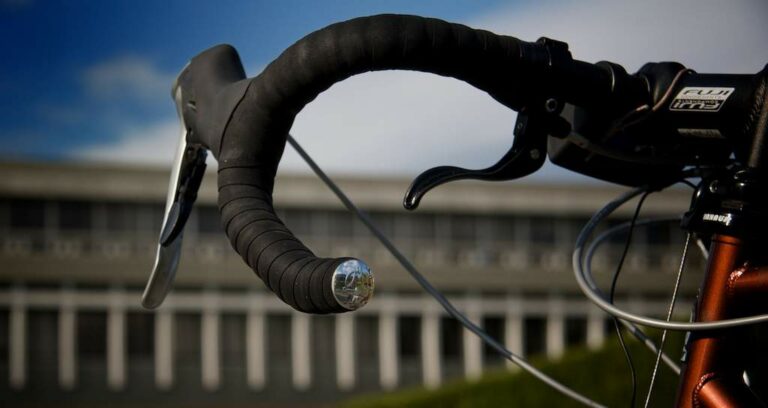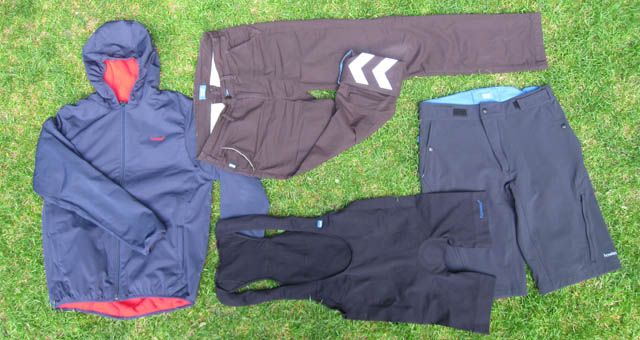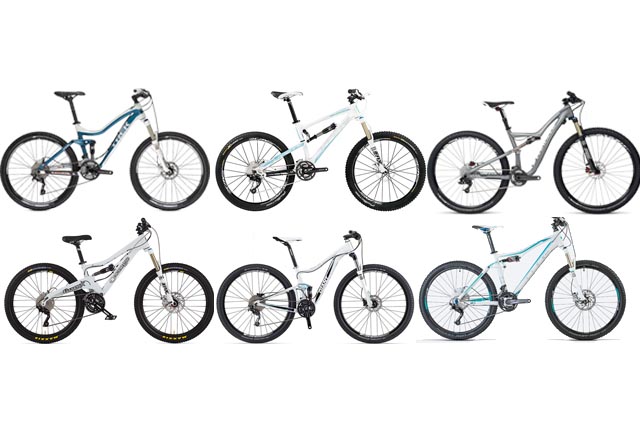A quick browse through the discussions on the Total Women’s Cycling forum shows that minor injuries and niggles can start to crop up as you spend more time in the saddle.
Several areas can become ‘hotspots’ for cyclists and one of these is the hamstring muscles at the back of the thigh.
Jo McRae explains how cycling affects your hamstrings, the impact it has on them and what you can do to ease the strain.
Hamstrings and cycling
Running down the back of your leg from your hips and crossing behind the knee joint, the hamstrings are a group of muscles that extend the hip and flex the knee.

In a nutshell, they are one of the main muscle groups that are active as we cycle, with the upper portion of the hamstrings playing a role in the down stroke or ‘push’ phase of pedalling, and the lower part being active in the up stroke or ‘pull’ phase as we bend our knee.
Though the two ends of the muscles are connected and work as a whole, the cycling position and action means that it’s helpful to think of each end when trying to take care of these important muscles.
As we bend forwards on the saddle to reach the bars cycling affects your hamstrings in the following ways;
- The upper hamstrings at your hips are stretched, so can become relatively ‘loose’ and weak.
- The lower hamstrings at the knee, remain bent. This can lead to a tendency for the lower portion to become shortened and tight
- Overall, this imbalance between the ‘tone’ in the two ends of the muscle can lead to problems and stress and strain.
Cycling Affects your Hamstrings: Hamstring strain
A hamstring ‘strain’ occurs when the muscle is loaded either quite heavily, or repetitively, or both.
In the cycling sense, this might mean pushing too heavy a gear or too low a cadence, or simply increasing the amount of cycling (by way of repetition) too much, too soon for your muscles to adapt. Technically, a strain is micro-damage in the muscle fibers due to being overstretched, and this is more likely to occur if the two ‘ends’ of your hamstrings are out of balance with each other.
Cycling Affects your Hamstrings: R.I.C.E.
Resting the strained muscle is the first step to try to resolve the problem, though this can be pretty difficult if you are cyclist because even low level cycling (or perhaps even walking) may aggravate the injury and cause more pain.
The typical ‘R.I.C.E’ protocol of Rest, Ice, Compression and Elevation apply as acute self-help for any soft tissue injury. In practice though, it can be difficult to avoid aggravating a significant strain and some sort of treatment will be beneficial if the injury isn’t beginning to improve within a couple of days.
Sports/remedial massage can help stretch out the muscle fibres in a more localised and focussed way, and break down any scar tissue so you can at least get back to gentle cycling as soon as possible.
Personally, I don’t have the patience to lengthen the healing process and will always seek assistance from a physiotherapist/soft tissue specialist with any strain, especially for the hamstrings which can be so easy to irritate and so slow to heal.
Jo McRae has kindly supplied us with videos and instructions of two stretches to help look after your hamstrings, check out the article here: How to: Look after your hamstrings for cycling.
Understand how cycling affects your hamstrings now? Learn a thing or two from these articles as well:
Avoiding injury – 9 stretches for cyclists





